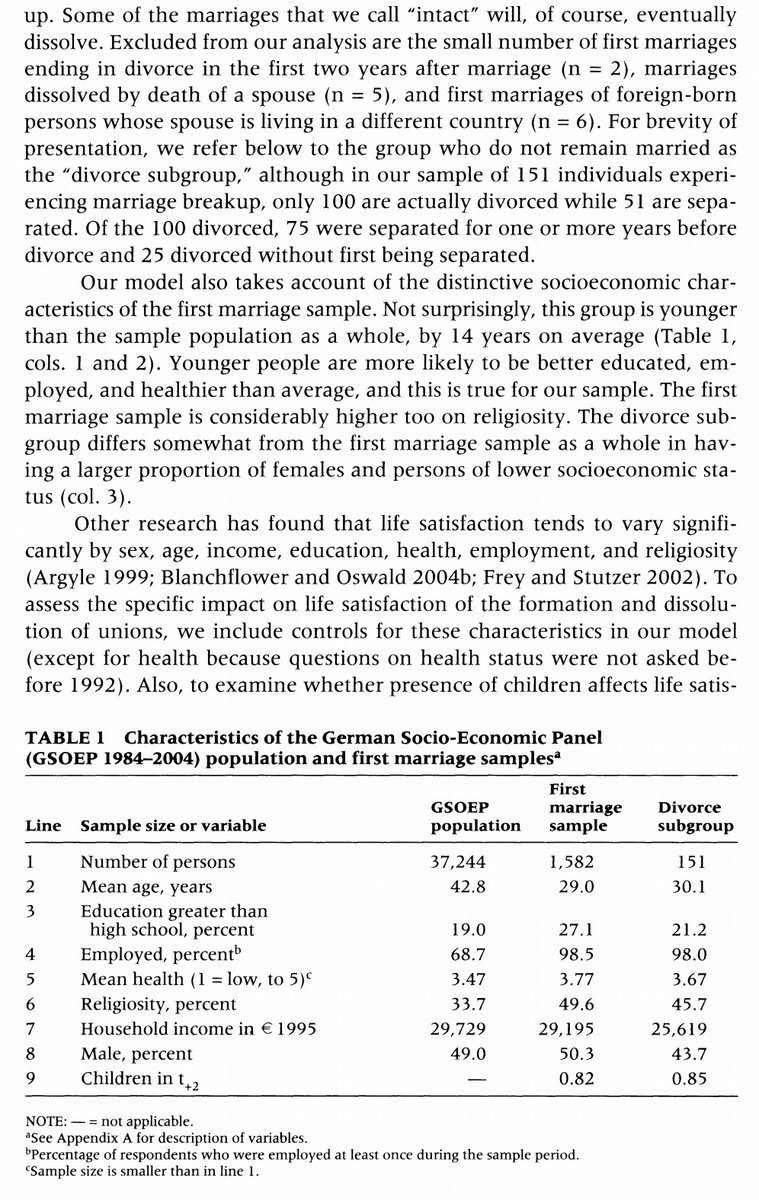1/ Carry and Time-Series Momentum: A Match Made in Heaven
"Conditioning trading signals of time-series momentum on the sign of the basis (carry), improves the Sharpe ratio. The improvement in is greater during recessions (when it matters most)."
papers.ssrn.com/sol3/papers.cf…
"Conditioning trading signals of time-series momentum on the sign of the basis (carry), improves the Sharpe ratio. The improvement in is greater during recessions (when it matters most)."
papers.ssrn.com/sol3/papers.cf…

2/ The authors start with a basket of liquid futures (equities, commodities, fixed income, and foreign exchange).
Basis is the percentage difference between the prices of the front- and back-month futures contracts.
Time-series momentum is the sign of trailing 12-month return.



Basis is the percentage difference between the prices of the front- and back-month futures contracts.
Time-series momentum is the sign of trailing 12-month return.




3/ "The slope coefficient is 0.89 for 1-month basis and 0.90 for 12-month basis with corresponding t-statistics of 13.35 and 14.85. The adjusted R² values are high, 0.67 and 0.68. This result indicates that basis is an important component of returns." 



4/ Koijen, Moskowitz, Pedersen, Vrugt find that time-series momentum and carry are different strategies:
They also find similar results for carry using 1-month and 12-month smoothed signals:
and
https://twitter.com/ReformedTrader/status/1188920422311419904
They also find similar results for carry using 1-month and 12-month smoothed signals:
https://twitter.com/ReformedTrader/status/1188916049875357696
and
https://twitter.com/ReformedTrader/status/1188921047241785344
5/ "We account for transaction costs during portfolio rebalances and rolls of futures contracts... described in Exhibit 5.
"Sharpe ratio is calculated using monthly excess returns as the ratio of an annualized excess return with geometric compounding and an annualized SD."
"Sharpe ratio is calculated using monthly excess returns as the ratio of an annualized excess return with geometric compounding and an annualized SD."

6/ The authors modify time-series momentum by allowing it to go long or short only when the basis (carry) signal is in agreement.
The result is improved Sharpe ratios (for both inverse vol and equal weighting and for both 1-month and 12-month basis signals).
The result is improved Sharpe ratios (for both inverse vol and equal weighting and for both 1-month and 12-month basis signals).

7/ "We find a consistent pattern of the strategy delivering a higher Sharpe ratio in economic terms, though the difference in performance is statistically significant only during early recessions.... a period associated with very negative performance of the stock market." 

8/ Results are similar using Sortino ratios:
Adding the basis (carry) filter to time-series momentum generally improves performance. This is only statistically significant for the first half of recession periods, though this is arguably a time when the difference matters most.
Adding the basis (carry) filter to time-series momentum generally improves performance. This is only statistically significant for the first half of recession periods, though this is arguably a time when the difference matters most.

• • •
Missing some Tweet in this thread? You can try to
force a refresh




























